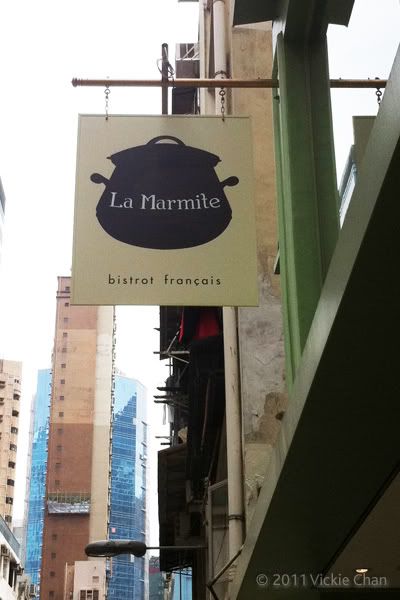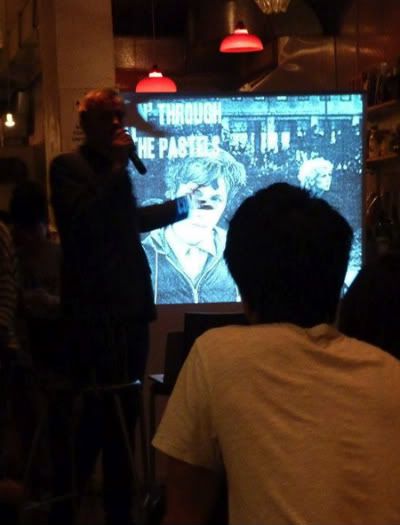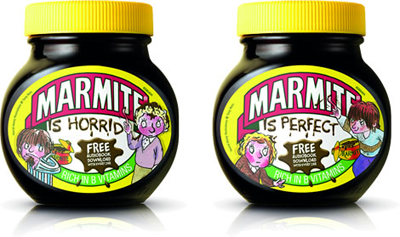
The affair
My love affair with Marmite began at a young age. I had a tendency to climb the kitchen furniture, which one day lead me to a large jar of Marmite. Aged something like 18 months (ask mother for confirmation) I ate the entire thing, with my hands. My mother was convinced I'd be really ill, and despite being a nurse, whipped me off to the local doctor. Happily, he told her that I'd just be really thirsty for a while and might have some nappy rash. My liver and kidneys both fared well, and a passion was born.
Marmite throughout my ages
When I was five, I was given my own pet Guinea Pig. He was brown, so given that his predecessors were called Toast and Marmalade, I felt that Marmite was a great name for him.
At a similar age, I was given a Marmite plaque, depicting a traditional Marmite jar, which never got screwed onto my wooden bedroom door, because sometimes these things just never get done.
I once tried to get a supermarket to give me their giant glass Marmite jar, which was used to serve up single portion packets in the supermarket café. I collected tokens to buy some Marmite socks – one with Love, the other Hate, stitched onto the bottom. I then collected tokens to get the Marmite fridge magnets, each with a different provocative word, that were used to make rude poetry in my student house.
Now days, I have a collection of special edition Marmite jars... just not the one with the real silver lid (available in the UK). And for Christmas, my mother gave me what looks like a jar... but isn't!
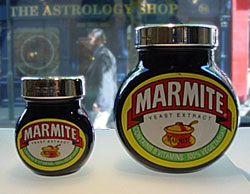
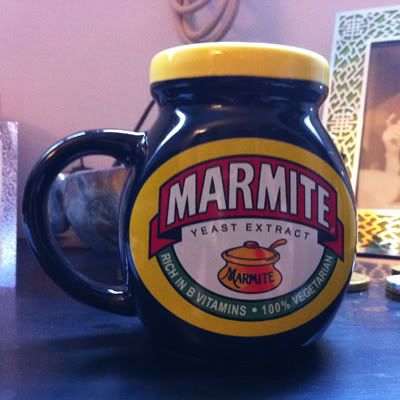
Diversity
Despite the love/hate argument, Marmite is actually pretty diverse (and, if you whip it, it turns a paler colour and tastes sweeter). In my family, we eat it melted onto butter and rice, with a fried egg on top. This beats the more traditional See Yow Fan (豉油飯) any day of the week; it's my cure-all for homesickness, heart-break, flu, rain, hangovers, and generally moochiness.
But Marmite also tastes good with banana, it's great with healthy-style peanut butter and lettuce on granary bread... Or eat it with cheddar cheese and raw onion. Spread it on toast and put the toast back under the grill, you'll have a giant Twiglet in your hand. Put it in a white sauce, or your morning porridge or congee (白粥)...
No egg is complete without it, especially a boiled or poached egg... Marmite just makes breakfast. In fact, add it to almost anything you cook including Chow Mein (炒面) because it's always worth it.
I recently learned that in Malaysia, where people love to eat crab in every kind of form, they even serve Marmite crab, which I can tell you, is amazing. Try not to lick the plate afterwards.
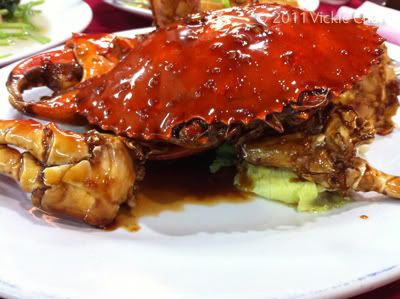
Other ways to get your Marmite hit
These days I don't have to eat an entire jar in one sitting to get my fill... Marmite is available in so many forms, every time I go to the UK my eyes pop out of my head! These cashew nuts are so insanely amazing... I couldn't wait to photograph the pack before chomping down...

But there's also Marmite flavour rice cakes, Marmite Cheddar, Marmite Stilton, Marmite Fudges crackers, Marmite bread sticks, Marmite Walker's Crisps, Marmite Rolls (a vegetarian Sausage roll made with rice, available only in Walkley Bakery, Sheffield)... There's even Marmite chocolate – which is Very Peculiar.

Then there's the special edition flavours, like Guinness, Champagne and XO (crafted by master brewers). None of this is available in Hong Kong, where we have Marmite with jar labels that include the Chinese phonetic translation (媽密). In Hong Kong, a 250g jar of Marmite usually costs about (HKD)$55 which is about £4.45. In the UK, that jar costs me only £1.99 (and lasts me about six weeks).
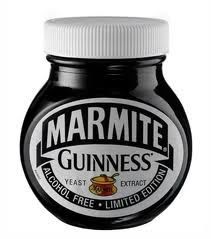

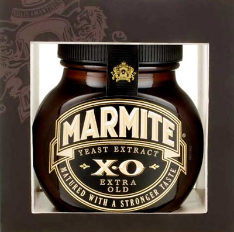
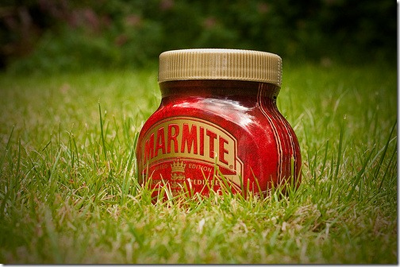
Don't compare it!
Marmite is nothing like Vegemite and people that compare them should have their taste buds checked. A comparison like this can lead to hours of debate – and even taste testing in extreme cases. The two products have entirely different textures, flavours and ingredients. Never buy a supermarket generic brand, it's just not the same... And no, it's not like Bovril – Marmite is 100% vegetarian/vegan and a high source of protein; Bovril is made from meat.
Political implications
During the last UK general election, the BNP used Marmite during a party political broadcast, apparently in relation to the love/hate marketing angle. The use was not requested or approved by Unilever (who produce Marmite) and as a result, Unilever moved to take action against the BNP. No comment.
For the love of Marmite, I wrote this piece, because one day I was telling my friend how great Marmite is and she stopped me and said, "you realise you've talked about Marmite for a full ten minutes?"
Easily done.
Hong Kong cafés that serve Marmite
- Brunch Club, Peel Street, Soho – check if they are serving Vegemite or Marmite
- Shelley's Yard, Shelley Street, Soho – serve both Vegemite and Marmite
- Oola, G/F Centre Stage, Bridges St, Soho - serve a Vegemite and cheddar pizza. Which means you can ask for Vegemite on the side with most anything
- The Globe, Elgin Street, Soho
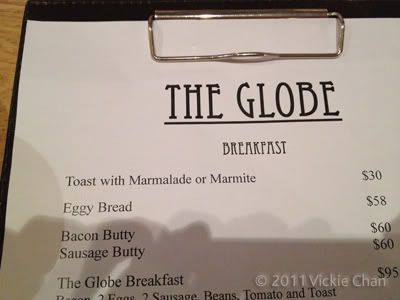
And I don't believe these guys serve Marmite, but they named their restaurant after it (ok, so it's a French term for a large, covered earthenware or metal cooking pot).
